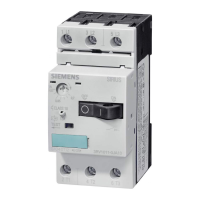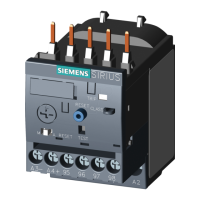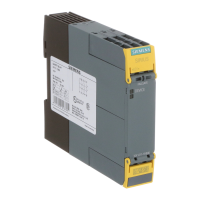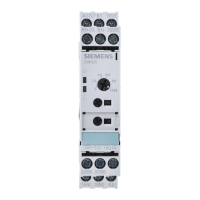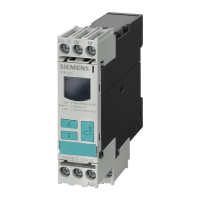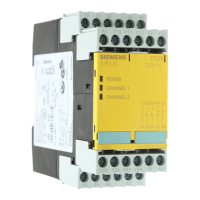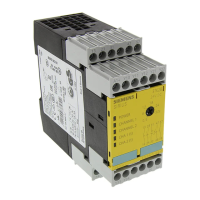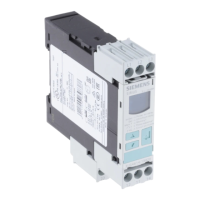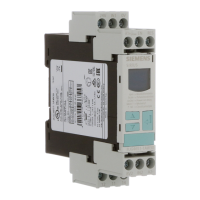3RW3 semiconductor motor control unit
SIRIUS System Manual
GWA 4NEB 430 0999-02b
8-9
Soft starter
With a soft starter, motor voltage is increased from a selectable starting
voltage to the rated voltage by phase firing within a defined starting time.
Motor current is proportional to the motor voltage, so the starting current is
reduced by the factor of the defined starting voltage.
The illustration below shows how the 3RW3 soft starter works:
Figure 8-4: Phase firing of the supply voltage by semiconductor elements in the 3RW3 soft starter
Example:
Starting voltage 50% of U
e
=> starting current equals 50% of the motor
starting current for direct-on-line starting.
A soft starter also reduces motor torque. This is the reason why a soft-
started motor does not jerk into action.
The relationship is as follows: The motor torque is proportional to the square
of the motor voltage.
Example:
Starting voltage 50% of U
e
=> starting torque 25% of the starting torque for
direct-on-line starting.
Advantages:
• Less space needed in the cubicle
• No protective circuits (e.g. filters) necessary to comply with the radio
interference suppression specifications (class A; in UC 24 V control volt-
age version also class B)
• Lower installation costs
• Straightforward system startup
• Only 3 motor feeder cables, half as many as are needed for a star-delta
starter
• Adjustment options permit adaptation to the system.
Disadvantages:
• Long-term speed settings not possible.
• Lower torque at reduced voltage
U
L1- L3
ϕ
M
3
~
L1
L2
L3
α
α
α
α
G1
U
L1- L3
